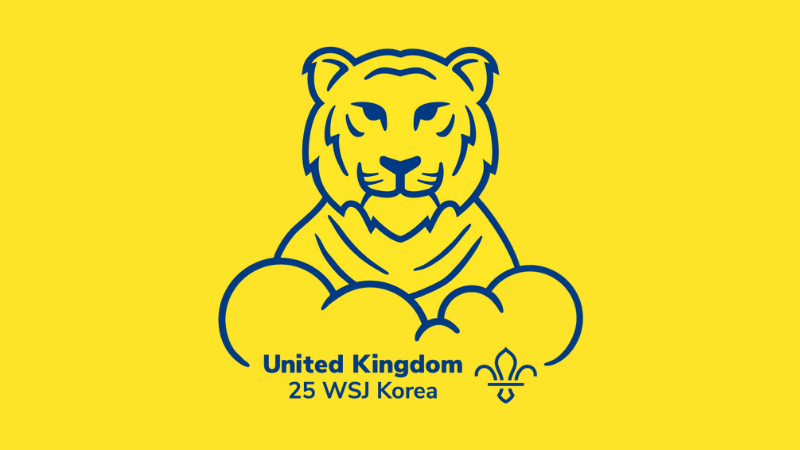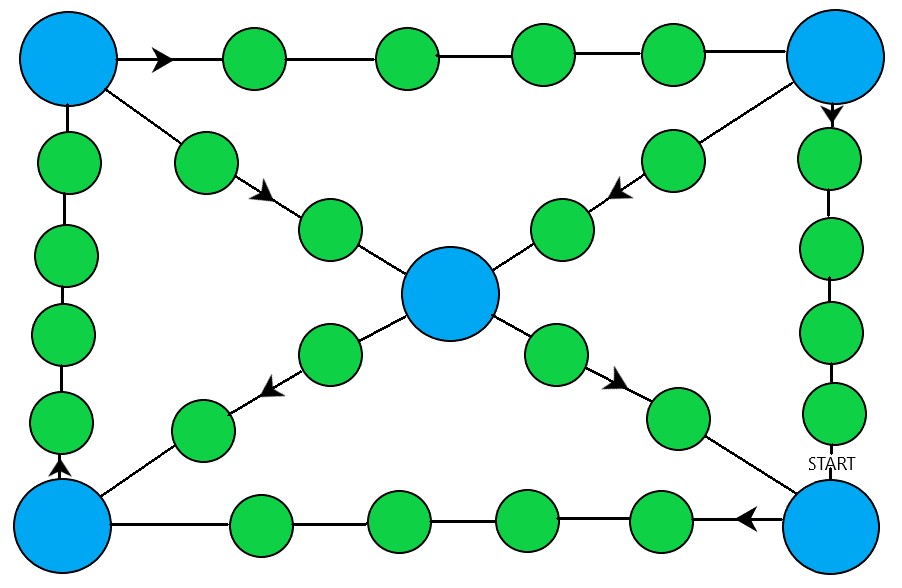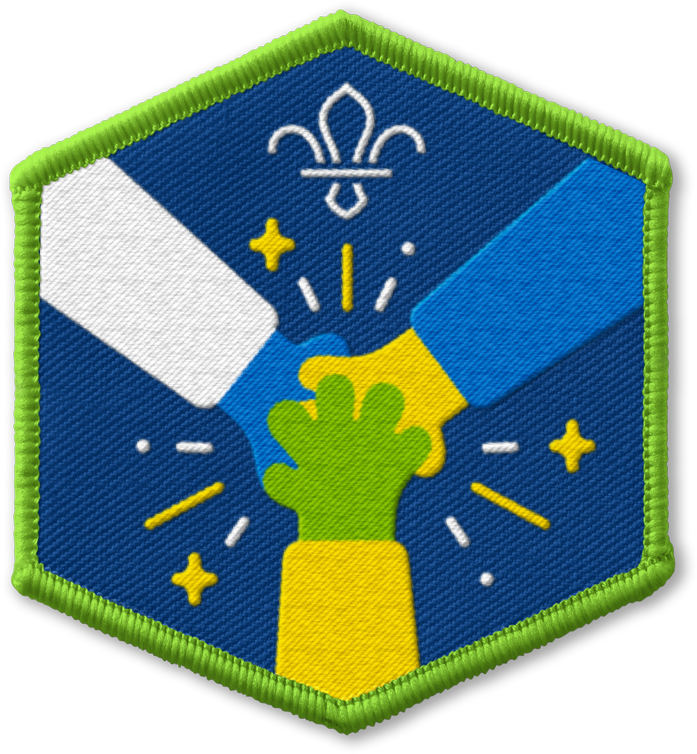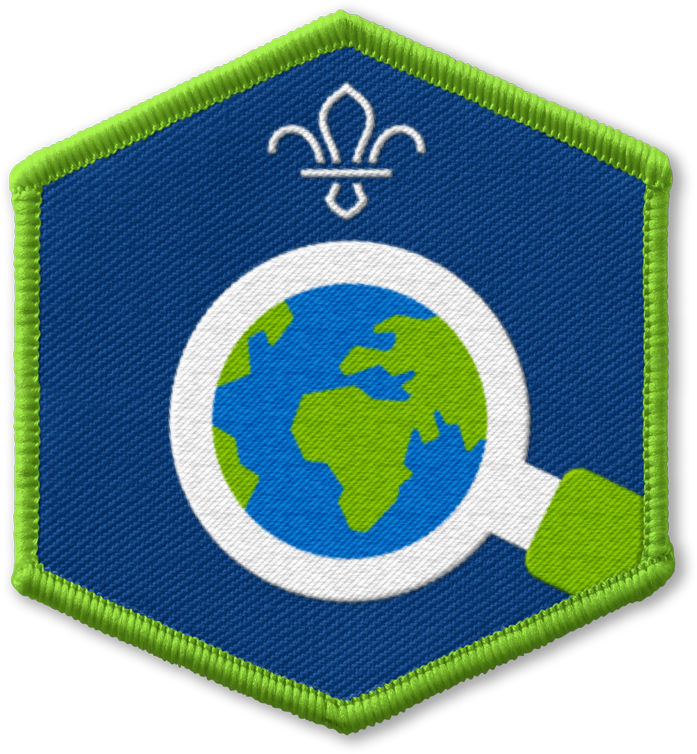
Make and play Yut Nori
You’ll need
- Coloured pens or pencils
- One sheet of A4 paper per group of four
- Eight lollipop sticks per group, four per team
- Eight tokens per group, four per team
Before you begin
- Use the safety checklist to help you plan and risk assess your activity. Additional help to carry out your risk assessment, including examples can be found here. Don’t forget to make sure all young people and adults involved in the activity know how to take part safely.
Make the game
- Have a chat with everyone about what Yut Nori is and when it is played in Korea.
Seollal, also called Korean Lunar New Year, is normally a three-day celebration that marks the beginning of the Korean Lunar Calendar. This holiday has many traditions, including the ritual of ancestor worship, eating as a family and playing games. One game traditionally played during this holiday is Yut Nori, a board game for two players.
- Explain to everyone that they will make a board in groups of four, and then split into two teams per group to play the game.
- Divide everyone into their groups.
- Make sure the A4 size piece of paper is landscape. This is going to be the board.
- On one side, draw a 2p sized circle in each of the corners and one in the middle of the paper. Colour all these circles in the same colour.
- Write the word ‘START’ above the bottom right circle.
- Draw four smaller circles equally spaced along each edge of the paper, and colour these circles in a different colour to the larger circles. The four circles should join up the outer corner circles.
- Draw a further two circles in the gaps diagonally from each corner circle to the centre circle. Colour these in to match the other small circles. You should now have 5 larger circles and 24 smaller circles in total.
- Draw a short line between each of your circles on the board.
- Add to the lines nearest the corner circles to turn them into arrows pointing clockwise around the board.
- Add to the lines going diagonally to turn them into arrows going downwards, so they are pointing towards the bottom of the paper.
- Now to make the ‘Yut’ sticks. Draw three of the same shape on only one side of each of the lollipop sticks, for example three triangles or three circles. Leave one side of the lollipop stick blank.
- Now you’re ready to play the game.

Play the game
- Each group should split into two teams and collect their playing tokens.
- The aim of the game is to get one of your tokens back to the START before the other player.
- Decide who is going to go first – you could do this by playing ‘Rock, Paper, Scissors’, or you could pick the youngest player to start.
- The first player throws the four ‘Yut’ sticks upwards so that they land on the board.
- For each stick that lands with plain side facing up, the player can move one space.
- If all four sticks land plain side up, they move four spaces and get another go.
- If between one and three sticks land decorated side up, they don’t move. If four sticks land decorated side up, the player moves five spaces and gets another go.
- You can only move in the direction the arrows are pointing.
- If at any point one player's token lands on a spot already occupied by the other player, the player already on the board goes back to START.
- The game ends when one person gets their token back to the start position.
Reflection
This activity needed you to work as a team and have respect for other people while playing the game. How did you all work together to create the game board? Did you all take turns in the drawing and colouring, or did everyone have a specific job to do? Think about whether someone was in charge of drawing the circles or colouring them in.
You all had to work together when playing the game, but you also had to respect the other people if they did better in the game than yourself. How did you congratulate the other person or team for getting back to the start before you? How did it make you feel? Think about if the person was happy to win or if you felt sad for not getting back first. Did you all support each other and congratulate each other at the end?
Safety
All activities must be safely managed. You must complete a thorough risk assessment and take appropriate steps to reduce risk. Use the safety checklist to help you plan and risk assess your activity. Always get approval for the activity, and have suitable supervision and an InTouch process.
- For more of a challenge, have the game end when one player gets all of their tokens back to the start instead of just one.
- Think about changing the sizes of the groups to make the game easier or harder.
- Consider making the game board in advance for anyone who needs it.
- If anyone needs support in the drawing or the throwing or moving their pieces, let them work closely with someone else to help them achieve this.
All Scout activities should be inclusive and accessible.
- Now you have created these game boards, they can be played over and over again. Think about having a group tournament or even taking them back home to play with your families.
- Teaching these games to other people is a great way to develop your leadership skills. Think about showing another section in your group the game and teaching them how to play.
- There are some other jamboree activities that have been created, have a look at them on this page to find out more.
- Everyone can choose how to decorate the board and their player pieces.
- If someone already knows how to play this game and feels confident to show the rest of the group then give them the opportunity to do this.






